
Reasons for heightened focus on care (for self and others)
Postscript to recent blog series
Catch up here…
The rabbit is out of the hat; remote working works… now what?
Working from home and beyond; the critical pivot point for bosses
Wisdom for bosses managing remote teams
What’s next as we embrace remote working?
Designing a hybrid model of remote working
2020. What to say!?
As the year draws towards its end, it’s natural to reflect on the year that was. I’m also reminded about where I was this time last year – the 2020 calendar was spread out on the wall in all its glory, new product launches planned, my pipeline was in place, a few holidays scheduled, and a significant birthday was to be celebrated all year around the world. I was excited at the prospect!
These memories only heighten my sense of now after a year that has had a greater toll on me than I think I am acknowledging, let alone recognising. I’m feeling …. it’s hard to describe. There is a multiplicity of emotions. Many come and go (positive and negative ones), and yet there is a constant ‘dragging’, ‘heavy’, ‘numbing’, ‘adrift’, and a ‘tired’ mixture of feelings that form a backdrop to life at present.
Generally, this year has changed the ebb and flow of how I live life and who and how I connect with. I know I mourn this. It would be the same same but different for everyone.
It’s different
I’ve seen shadows of some of these emotions before. I also know I’m even getting weary of answering the question – how am I? – asked by very well meaning friends and colleagues. The answer can even change within a day! Life can be like this, I know, but it’s different.
I am an introvert and yet am missing connection. I am loving spending time in my home office after a few years of flying everywhere all the time. I’m enjoying reading, writing, and researching and yet I miss thinking together with people whether deliberately or in those incidental conversations. Yes, Zoom has helped somewhat. But, I miss catching up with friends. Some friends have disappeared and yet others have journeyed with me through this time – providing some of the unexpected delights of the year. I think I talk with people as much as I did before – but it’s different.
Out on a rare dinner in a restaurant the other night, I got halfway through dinner and wanted to “end the meeting”. You know that red button in the bottom right of your screen? I was exhausted, and yet, it’s not like I’m out burning the candle at both ends with my social life! It’s different.
I’ve lived away from my home country for over 25 years and I am very used to keeping in touch with people remotely. It’s very normal for me. I’ve also been working remotely with clients for years, and given the geography of Asia, this is expected. And yet, I find myself this year barely keeping it together because of the intensity that has come with working from home. It’s different.
The layers ….
A few months back, first thing one Monday morning, I received a message from a past client. It was a work request. There was nothing unusual about this message, I get them from time to time. Curiously, I had a moment when I read this message. An emotional moment.
I stayed with this for a moment for a while as I tried to notice what was going on. I felt I had been doing quite well through this time. Yes, business is down – as expected. I’ve had time to have a much needed semi-sabbatical (my reframe for this time). I’ve spent time developing myself by doing courses I never had time for (and have been loving the learning and researching) as well as spending time building working partnerships with good colleagues and generally creating a longer term horizon for work. Generally I’ve been nicely busy and it’s all good to do.
Bing.
I then got this message from a very close friend.
I’m sitting out back in sunshine,
with my coffee going cold,
coz I’m just crying.
The relief,
the overwhelm,
the joy,
the grief,
the mess,
the blissful silence,
the inner contradictions.
Phew.
My dear friend had just sent her two little ones off to school for the first day after about 100 days in strict lockdown in Melbourne, Australia.
She said it so well and this resonated with me too. Same same but different: the layers of emotions and the dance between them.
I’ve been thinking about all this for a while. Meanwhile, various articles and podcasts have come to my attention in the last few months. I’ve collected them and their insights that they all shed light on our collective difficult experience this year. I ask that you indulge me as I share some highlights with you. Hopefully you will find them insightful and useful to you too as you also reflect on this year.
Various insights from articles and podcasts
Impact of Zoom Fatigue on our Brains
The first article I share is about the much spoken about “Zoom fatigue” (no matter what video calling interface we use). We have talked about this for a long while now, but I found the insight from “Zoom fatigue’ is taxing the brain. Here’s why that happens” (by Julia Sklar, National Geographic, 24 April, 2020) pushed this almost flippant concept to the next level in my mind. Perhaps it is something I need to take note of more seriously.
Virtual interactions can be extremely hard on the brain. “There’s a lot of research that shows we actually really struggle with this,” says Andrew Franklin, an assistant professor of cyberpsychology at Virginia’s Norfolk State University. He thinks people may be surprised at how difficult they’re finding video calls given that the medium seems neatly confined to a small screen and presents few obvious distractions.”
“Humans communicate even when they’re quiet. During an in-person conversation, the brain focuses partly on the words being spoken, but it also derives additional meaning from dozens of non-verbal cues, such as whether someone is facing you or slightly turned away, if they’re fidgeting while you talk, or if they inhale quickly in preparation to interrupt.”
Generally, it takes little effort for us to get a sense of the other person including their expected response from us. But a video call makes this far more difficult and diminishes our natural ability and our visual “frame” – head/shoulders, video quality and no opportunities for peripheral glances – to read what’s happening with the other person and between you.
Multi-person screens magnify this exhausting problem. Gallery view—where all meeting participants appear Brady Bunch-style—challenges the brain’s central vision, forcing it to decode so many people at once that no one comes through meaningfully, not even the speaker.
“We’re engaged in numerous activities, but never fully devoting ourselves to focus on anything in particular,” says Franklin. Psychologists call this continuous partial attention, and it applies as much to virtual environments as it does to real ones. Think of how hard it would be to cook and read at the same time. That’s the kind of multi-tasking your brain is trying, and often failing, to navigate in a group video chat.
While we won’t go into the issues about various video call platforms and preferences for viewing – Brady Bunch style or single speaker at a time – all this makes it very difficult to recognise how non-active participants are behaviouring. For some people, this may be very important and this can add to the drain as we look for non-verbal cues we can’t find.
The Importance of Weak Ties
This one is a big one for me.
In the article, “Why your ‘weak-tie’ friendships may mean more than you think” by Ian Leslie, 3rd July 2020, Medium.
“Close friends are important – but research shows that building networks of casual acquaintances can boost happiness, knowledge and a sense of belonging.”
So much is written about how our well being depends on the quality of our relationships with close family and friends. However, Mark Granovetter, a sociology professor at John Hopkins University, author of “The Strength of Weak Ties”, showed that quantity matters as well. He talks about “strong ties” and “weak ties” where the weak ties are the acquaintances in our lives with whom we have infrequent and fleeting interactions.
With all our working from home and restrictions of movement (depending where you are), our focus has rightfully been on those closest to us – whether they live with us, near us or we Zoom them. Interactions with our casual acquaintances would have disappeared at some stages, or greatly reduced to very fleeting waves or eyeball glimpses – all done over a mask. No natural smiles, and little, if any, verbal exchanges. There may have even been those look away moments as you spot a “naked nose”! Awkwardness abounded and still does in many ways.
We have to go out to connect with these casual acquaintances. These folk are our baristas, bus drivers, gym buddies, and neighbours. We are missing those weak ties from our work offices too. Apart from being those lighter, less demanding conversations, they make up the social fabric around us. In organisations, weak ties play a vital role and as we work at home, we are missing out on these particular information flows – needed by some of us more than others. Bernstein et al (“The Implications of Working Without an Office”, July 15 2020, Harvard Business Review share the following
By providing novel information and complementary expertise, weak ties have been shown to play an important role in organizational performance, including innovation, raising or maintaining product and service quality, and attaining project milestones. Yet they are difficult to create virtually.
Again, like Zoom fatigue, weak ties leaves a subtle and yet unarticulated scarcity around belonging, connection, new information and ideas. This is something else I think we search for and as a consequence burn more energy than we ever realise.
Work Confidants
Another article that caught my eye was “Hangovers, heartaches, horrible meetings: why we all need ‘work wives’” by Lucy Pavia (Fri 11 Dec 2020, The Guardian, International Edition). On closer examination, it is an article clearly written by a young woman from a different generation to myself – but it still resonated.
“At lunch, we would hit the canteen to pick over the urgent issues of the day: was the email E sent a bit passive-aggressive? What was the big meeting everyone had disappeared into about? We became each other’s therapist, sense-checker, party buddy, emergency tampon dealer and relationship counsellor.”
In essence, it’s about those important side conversations at work – made easy by proximity. They would differ, of course, across different generations, gender and cultures. Never-the-less, we could be missing them.
Depleted Surge Capacity & Grief
Most of us kicked into gear at the beginning of the pandemic. We got working from home happening and took charge of our lives as best we could. We operated on what Ann Masten, PhD, a psychologist and professor of child development at the University of Minnesota, calls “surge capacity”.
“Surge capacity is a collection of adaptive systems — mental and physical — that humans draw on for short-term survival in acutely stressful situations, such as natural disasters. But natural disasters occur over a short period, even if recovery is long. Pandemics are different — the disaster itself stretches out indefinitely.“
“The pandemic has demonstrated both what we can do with surge capacity and the limits of surge capacity,” says Masten. When it’s depleted, it has to be renewed. But what happens when you struggle to renew it because the emergency phase has now become chronic?
[“Your ‘Surge Capacity’ Is Depleted — It’s Why You Feel Awful” by Tara Haelle on Medium]
So have we really worked out how best to cope with life as it has been in 2020? I’m sure many of us think we are doing a good job and are thankful that we are not as bad off as others.
But,
“Why do you think you should be used to this by now? We’re all beginners at this,” Masten told me. “This is a once in a lifetime experience. It’s expecting a lot to think we’d be managing this really well.”
Perhaps we are not managing this as well as we think, or as well as we should be. Remember where this article started? It was about that feeling, that constant ‘dragging’, ‘heavy’, ‘numbing’, ‘adrift’, and a ‘tired’ mixture of feelings that form a backdrop of our current existence.
I really do not like the phrase “adjusting to the new normal”! Was what we had normal?
And,
How do you adjust to an ever-changing situation where the “new normal” is indefinite uncertainty?
Loss is part of what is happening to us. Let’s not forget those who have lost loved ones during this pandemic, and let us recognise also that we have all lost some things that are less obvious and perhaps ambiguous. For me it’s been a way of life, the ability to hop on a plane at the time of my choosing, the ability to do my work in person, to work in coffee shops, and to see people without masks on so I can really see them. For some, it may be about the loss around not being about to attend the significant rituals of life like weddings, graduations and funerals – or different ones around activities like going dancing with friends, for example.
“These were all things we were attached to and fond of, and they’re gone right now, so the loss is ambiguous. It’s not a death, but it’s a major, major loss,” says Boss. “What we used to have has been taken away from us.”
Pauline Boss, PhD, a family therapist and professor emeritus of social sciences at the University of Minnesota who specializes in “ambiguous loss”, says
Ambiguous loss elicits the same experiences of grief as a more tangible loss — denial, anger, bargaining, depression, and acceptance — but managing it often requires a bit of creativity.
Tara Haelle goes on to cover a great list of coping strategies – and it’s worth reading her original article. In summary, it includes accept that life is different right now (not fighting it even if it’s tough), expecting less from yourself, recognising the different aspects of grief and experiment with a non-binary view on life and issues by embracing “both-and” thinking. In addition, she suggests you look for activities, new and old, that continue to fulfill you, and begin slowly to build your resilience by starting with the basics – “sleep, nutrition, exercise, meditation, self-compassion, gratitude, connection and saying no”.
Rediscovering Fun!
Brené Brown shared in one of her recent podcasts (“On My Mind”, September 23, 2020) about rediscovering the concept of fun. She had written about it in one of her early books, “The Gifts of Imperfection”
I came across this quote by Stuart Brown. “The opposite of play is not work. The opposite of play is depression.”
Stuart Brown, MD, is a play researcher.
[Stuart] Brown explains how respecting our biologically programmed need for play can transform us and renew our sense of excitement in life.
Given the pandemic, working from home, energy depletion, and travel restrictions, it may be fair to say that our opportunity around ‘having fun’ has been impacted, if not reduced significantly.
Brené Brown shares her insight after being reminded of fun:
… given that we’re out of adrenaline and our surge capacity is depleted, I thought about turning to play as a new source of energy. I asked myself these questions again, like these three things: time spent without purpose, things I’m doing where I lose track of time, things that make me feel liberated and uninhibited. And just, wow!
And this is important.
[T]he energy you get from play is not like sugary as adrenaline, where it like it’s hard core and it spikes; it’s constant and predictable, it’s like less of a donut sugar spike and more like a green smoothie feeling, which I think is good.
The bottom line. Be kind to yourself and others!
While we have managed to get through this year, it is time to ensure we exercise healthy self care and compassion. For many reasons, there has been a toll on us, one I think we are underestimating. I’ve curated a few articles that shed different light on sources of potential depletion in our lives and what might be contributing to that subtle weary and awful feeling that lurks.
Remember,
“Empathy is not connecting to an experience, it’s connecting to the emotion that underpins an experience” Brené Brown, Dare to Lead, pp140
Let’s do this for ourselves, and for each other!
And after we connect with our emotions, and those of others, let’s act on it. Let’s move to compassion. For self, this would be around being deliberate about some self-care strategies. Remember, “oxygen to self before oxygen to others”. Then when we have some “oxygen”, let’s be there for each other. No judgement. No comparison. Being there.
We are all in the same storm (and even different parts of the storm), but our boats are different. No judgement. No comparison.
Here’s to 2021! Onward, and upwards. Together we can find ways to thrive, connect and make the world a better place for others in our lives!
References
Sklar, Julia (2020), “Zoom fatigue’ is taxing the brain. Here’s why that happens”, National Geographic, 24 April, 2020.
Leslie, Ian (2020), “Why your ‘weak-tie’ friendships may mean more than you think”, Medium, 3rd July 2020
Pavia, Lucy (2020), “Hangovers, heartaches, horrible meetings: why we all need ‘work wives’”, The Guardian, International Edition, 11th December 2020
Haelle, Tara (2020), “Your ‘Surge Capacity’ Is Depleted — It’s Why You Feel Awful”, Medium, 17th August 2020
Brown, Brené (2020) “On My Mind: RBG, Surge Capacity, and Play as an Energy Source”, 23rd September, 2020)

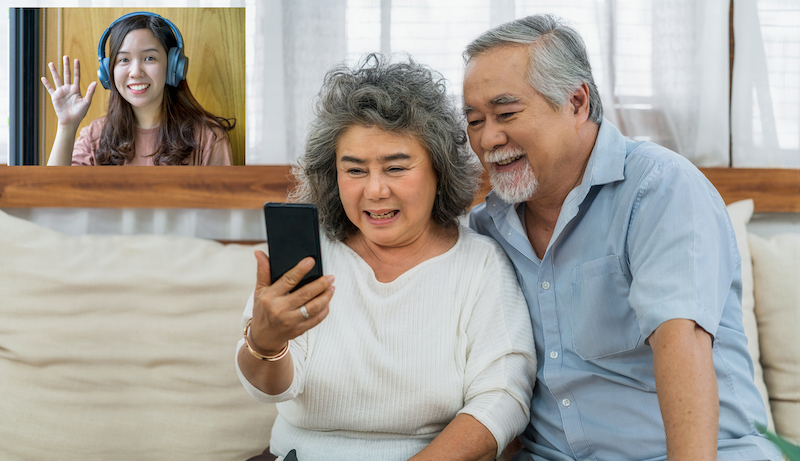
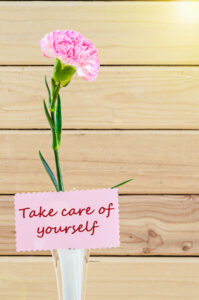
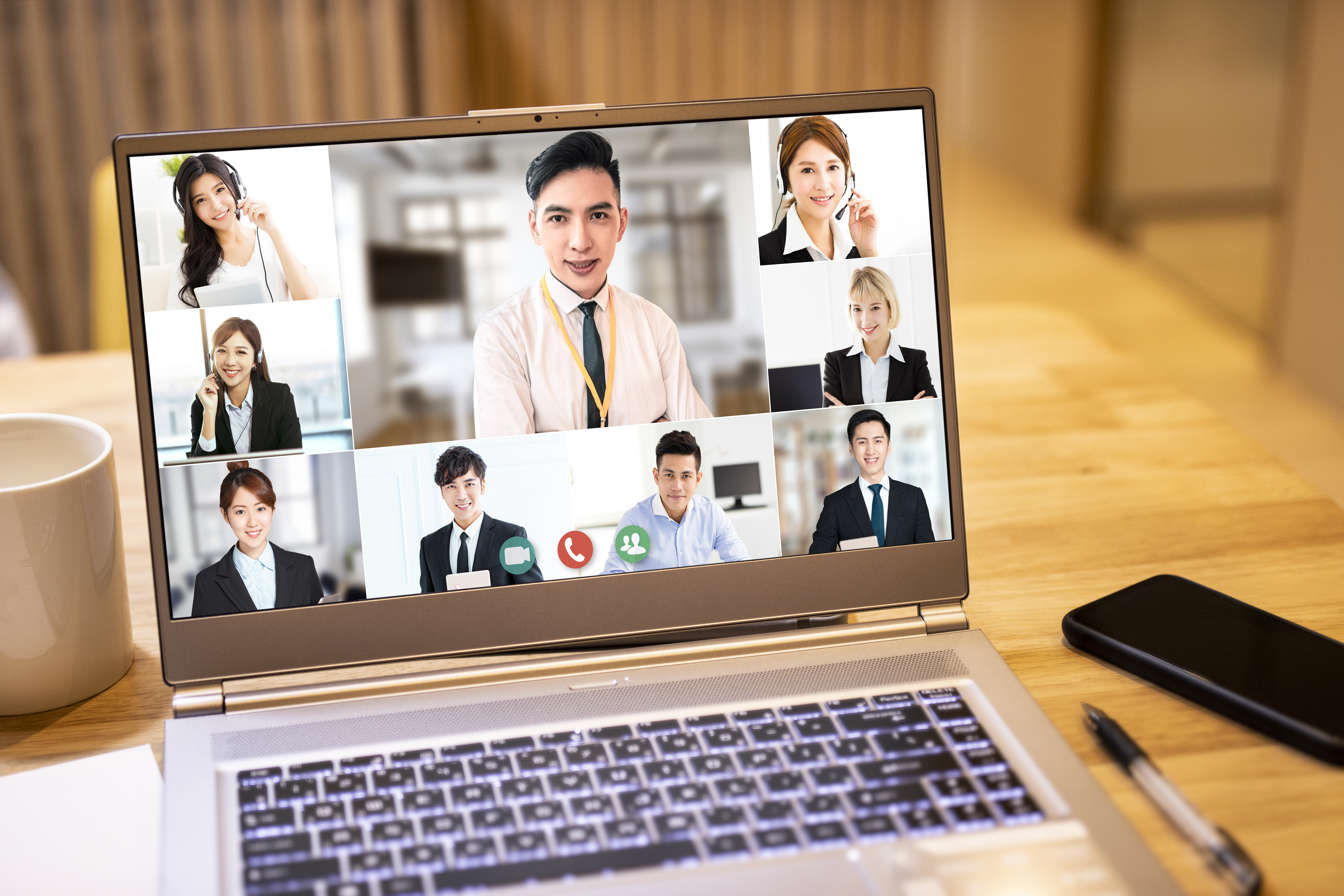
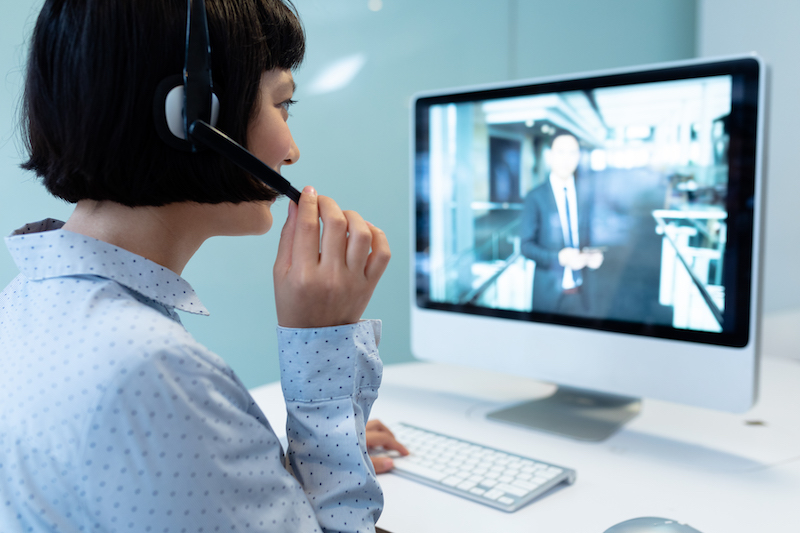
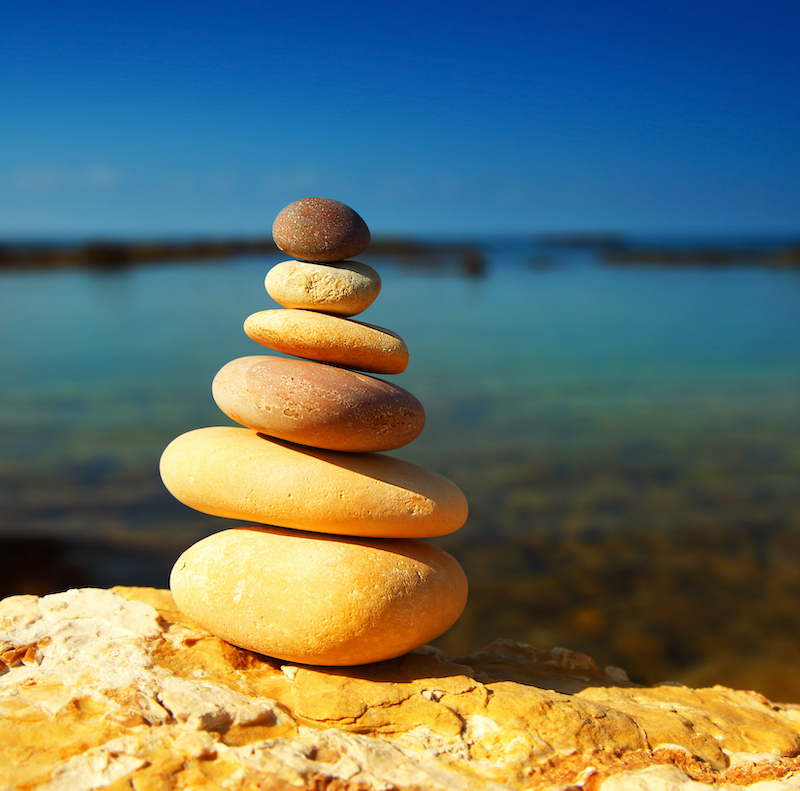
No Comments